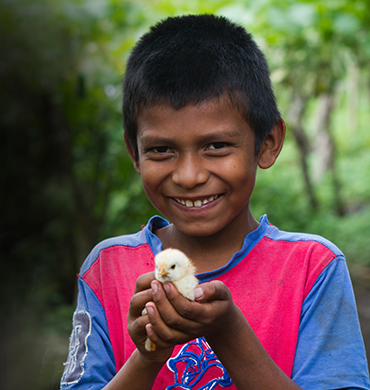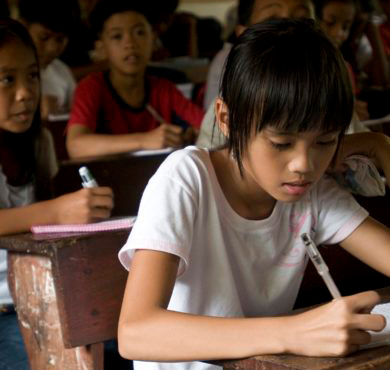Internal Resources
Disaster Success Stories and Best Practices
This section is a collection of best practices that tell success stories as well as first-hand tips and advice from those who have responded to disasters.
This resource helps show staff how to avoid burnout after a disaster. Too often, when a disaster hits, it can seem imperative to work around the clock. However, if those who are doing the supporting start neglecting their own physical and emotional health, then they can do more harm than good. This resource talks about how to take time out to attend to your own needs, prioritizing your own relationships and wellbeing in order to ensure that you can continue to support those around you.
This piece talks about how one of the best ways that a church can be of service to its community is simply providing a place where people can gather and talk about what they’re dealing with. It also gives tips on how to prepare Sunday service in away that will best help parishioners cope.
How Federal Disasters are Declared
This fact-sheet summarizes the process of how Federal Disasters are declared, and what this will mean for your community and your church’s response efforts.
This success story shows how a church can work to respond to its community’s needs by stepping into the shoes of those impacted. They sent volunteers out into the community with a “Needs Assessment” checklist to make connections and see how people were doing. This helped them respond in a way that would most benefit those affected, prioritizing the dignity of those involved when thinking about donations and responses.
After Hurricane Sandy, Soup Kitchen Staff Makes Sandwiches by Candlelight
This success-story shows how a church got the word out on social media in order to keep their meal program going after Hurricane Sandy. They involved other churches and parishioners who were eager to help during the disaster but didn’t know how. Many community members made sandwiches at home and brought them in so that the soup kitchen could stay open.
After the ice storm in Kentucky, a Reverend drives through the state, visiting impacted communities and seeing where the greatest needs were. He reached out to different agencies involved and then went out to see first hand what the impacts were, in order to come up with the most effective response.
Working with Children After a Disaster: Tips for Parents and Teachers
This resource gives tips to those who are helping children deal with and talk about a disaster. It discusses how to let kids express their emotions in a healthy way and feel heard, supported, and involved.
Ministering to Children, Teens, and Adults, After a Disaster
The first three resources in this section contain a number of options you may use in ministering to children (K-5,) youth, (grades 6-8,) and teens (grades 9-12) in the days immediately following a disaster, either in a regularly scheduled church school experience or in a specially designed event. These activities may also be used at other times. All are based on traditional Christian spiritual disciplines and are designed to assist youth in coping with the stress, confusion, sadness, and anger they may feel after a disaster has impacted their homes, their communities, or the world.
Ministering to Children – Grades K-5
Ministering to Youth – Middle School
The final resource in this section talks about ministering to adults and about how the church can be an important source of “spiritual first aid” that provides stability, assesses people’s needs, offers comfort and care, and refers people to community services and supports.


